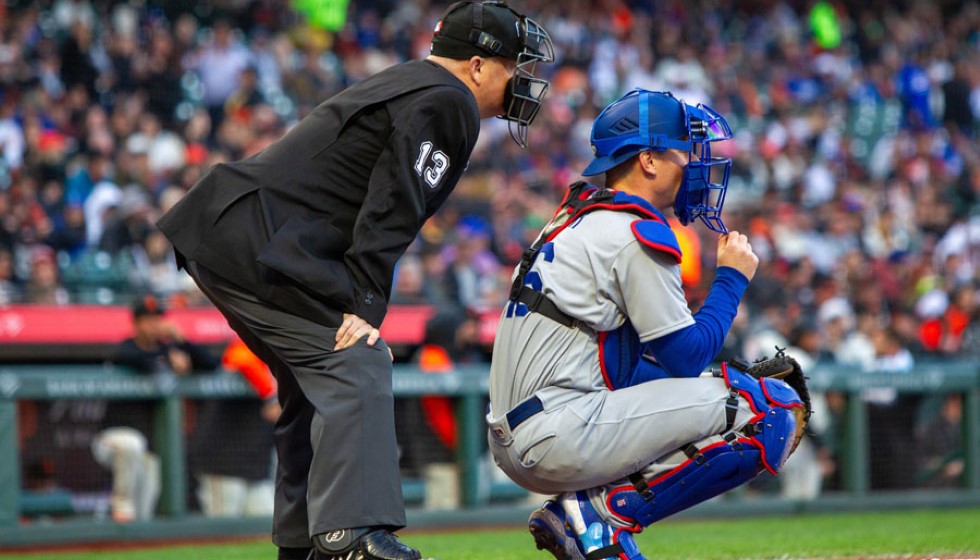
A Fresh Voice in the Hall of Fame Discussion
This year's Major League Baseball Hall of Fame ballot carries an extra layer of significance as it welcomes a fresh face among the voting cohort—a sports journalist casting an official vote for the very first time. Joining the ranks of seasoned voters, this journalist acknowledges, "I'm not the sole Hall of Fame voter. I don't get to decide which players get in or are left out." Yet, the weight of contributing a voice to this revered process resonates deeply.
Ichiro Suzuki: Beyond the Stats
Among the considerations for Hall of Fame voters this year is the prolific Ichiro Suzuki. Joining Major League Baseball at 27, Ichiro carved a unique niche, amassing over 3,000 hits. His impressively consistent .311 batting average and 509 stolen bases put him in the league of extraordinary players. But, as the first-time voter shares, "There's a 'feel' factor to him," highlighting that the Hall of Fame discourse is often more than just about numbers. This sentiment echoes in another statement: "The Lofton/Ichiro comp is a great example of how HOF is definitely not a mere stats-based vote." The narrative around Ichiro Suzuki is emblematic of the challenge voters face: the interplay between tangible stats and the ineffable qualities that define Hall of Fame worthiness.
The Controversial Candidates
Complex issues persist, as evidenced by names like Barry Bonds and Roger Clemens on the ballot. Their associations with performance-enhancing drugs have long fueled debates about their candidacy. Similarly, players like A-Rod and Manny Ramirez are in similar territories, linked to steroid use, testing the voters' principles and the Hall's integrity.
Additionally, the scandal surrounding the 2017 Houston Astros looms over candidates such as Carlos Beltran and Brian McCann. The cheating scandal has left an indelible mark on their reputations, presenting Hall of Fame voters with further ethical dilemmas—balancing the players' achievements against their transgressions.
Decades of Reflection
Another facet of this year's ballot is a striking generational trend. More players from the 1920s and 1930s have posthumously made their way into the Hall of Fame compared to those from the 1980s and 1990s. This raises questions about evolving standards and the shifting appreciation of baseball eras. For voters, comparing candidates' WAR (Wins Above Replacement) metrics with those already enshrined in the Hall prompts introspection. "How do you compare WAR for players currently on the ballot with players already in the HOF?" a reader queries, a testament to the evolving landscape of Hall of Fame evaluations.
The Félix Hernández Conundrum
Félix Hernández, another compelling figure, comes into focus. A pitcher renowned for his brilliance, Hernández secured a Cy Young Award and twice finished as a runner-up. Yet, the durability and length of his dominance remain points of contention. The journalist grapples with the choice: "He's pretty clearly below the Hall of Fame line, basically, but I've been having second thoughts now about not voting for him." This internal debate reflects a larger conversation about the criteria for pitching excellence and longevity in the Hall of Fame.
As the voting process progresses, these discussions underscore the profound responsibility placed upon each voter. This new voice adds a fresh perspective to the chorus—a reminder that the Hall of Fame remains a living, breathing testament to baseball's intricate history. In a realm where statistics intersect with storytelling, voters embark on a journey through time, assessing excellence and integrity in America's favorite pastime.